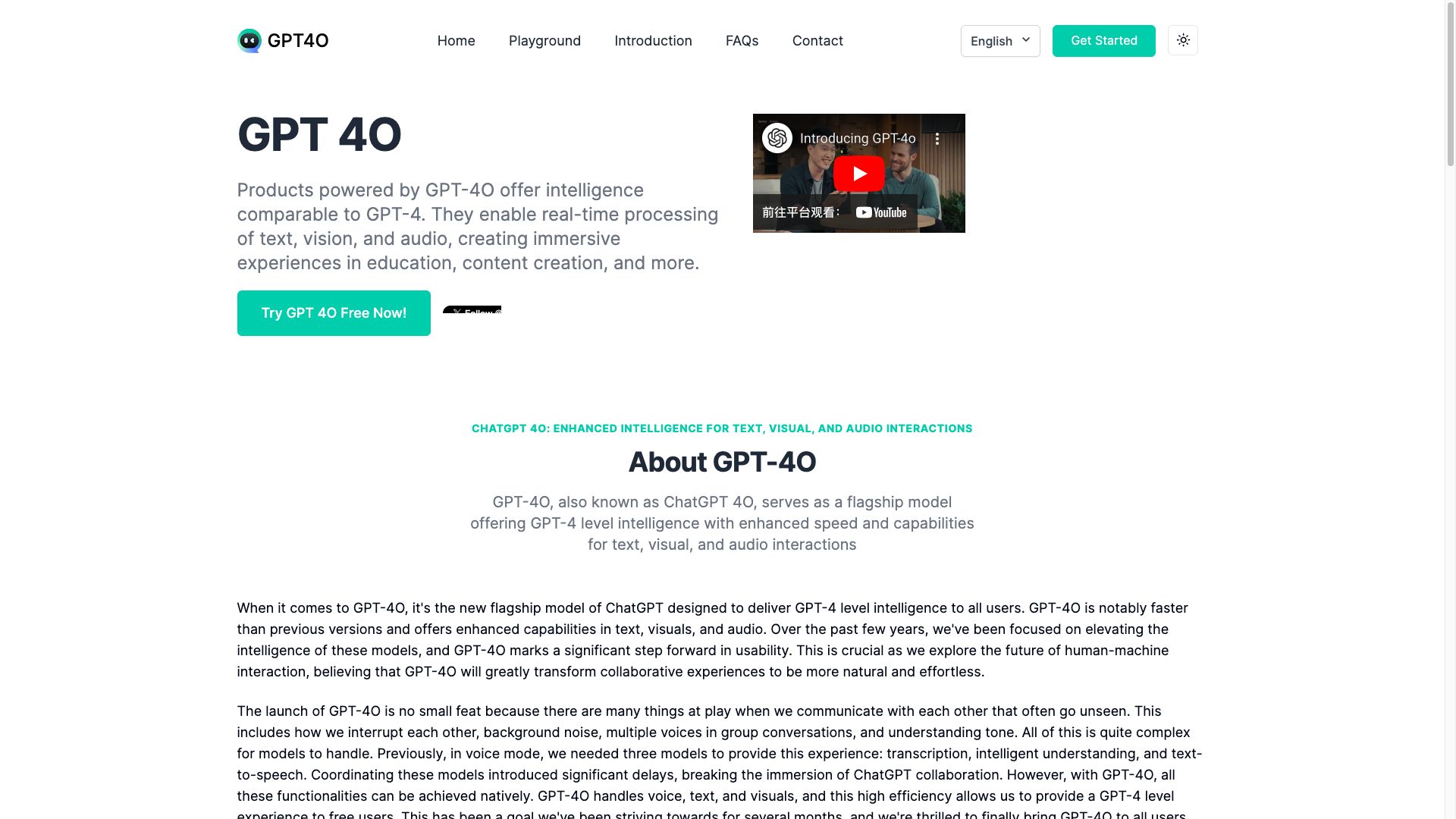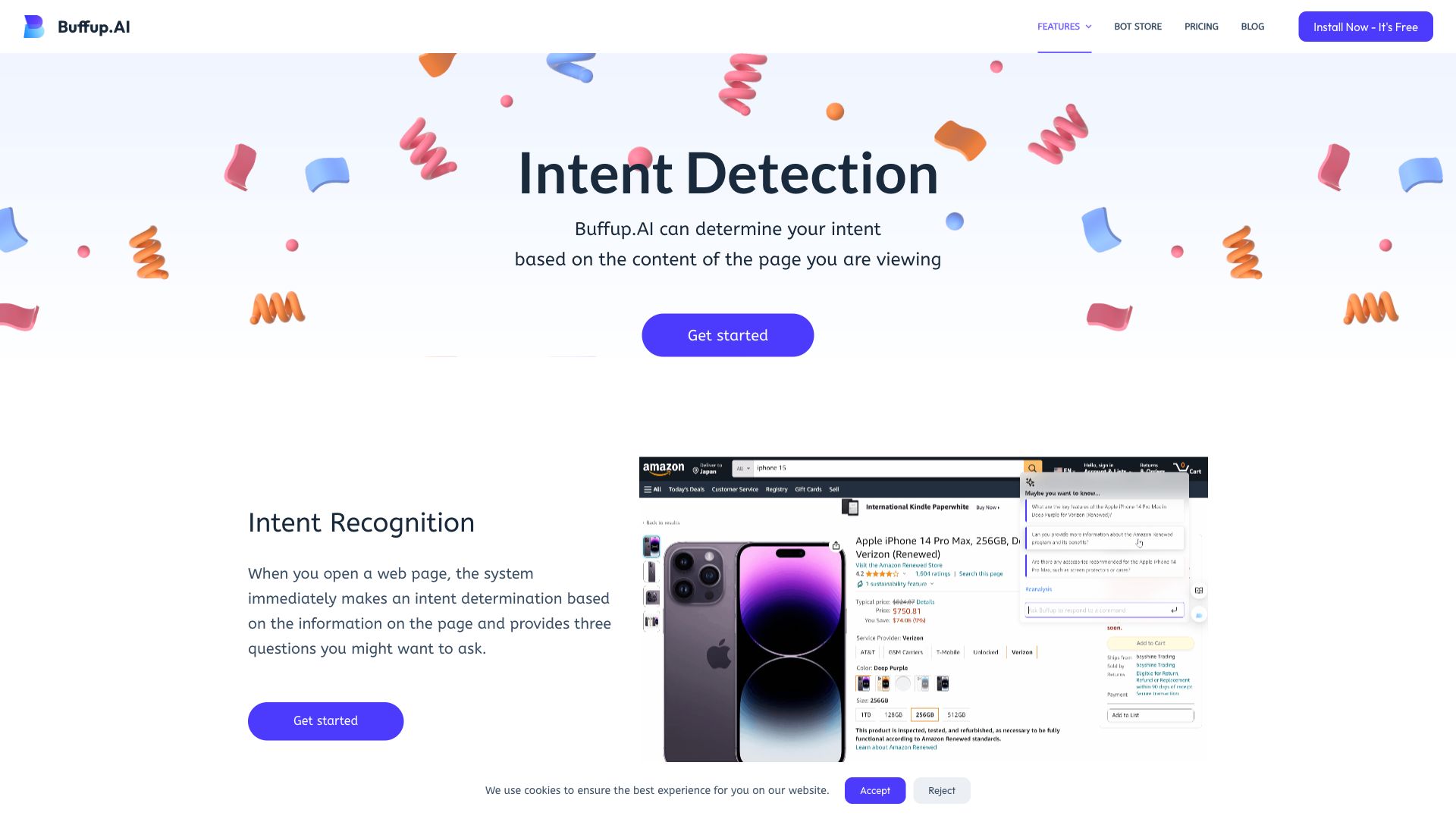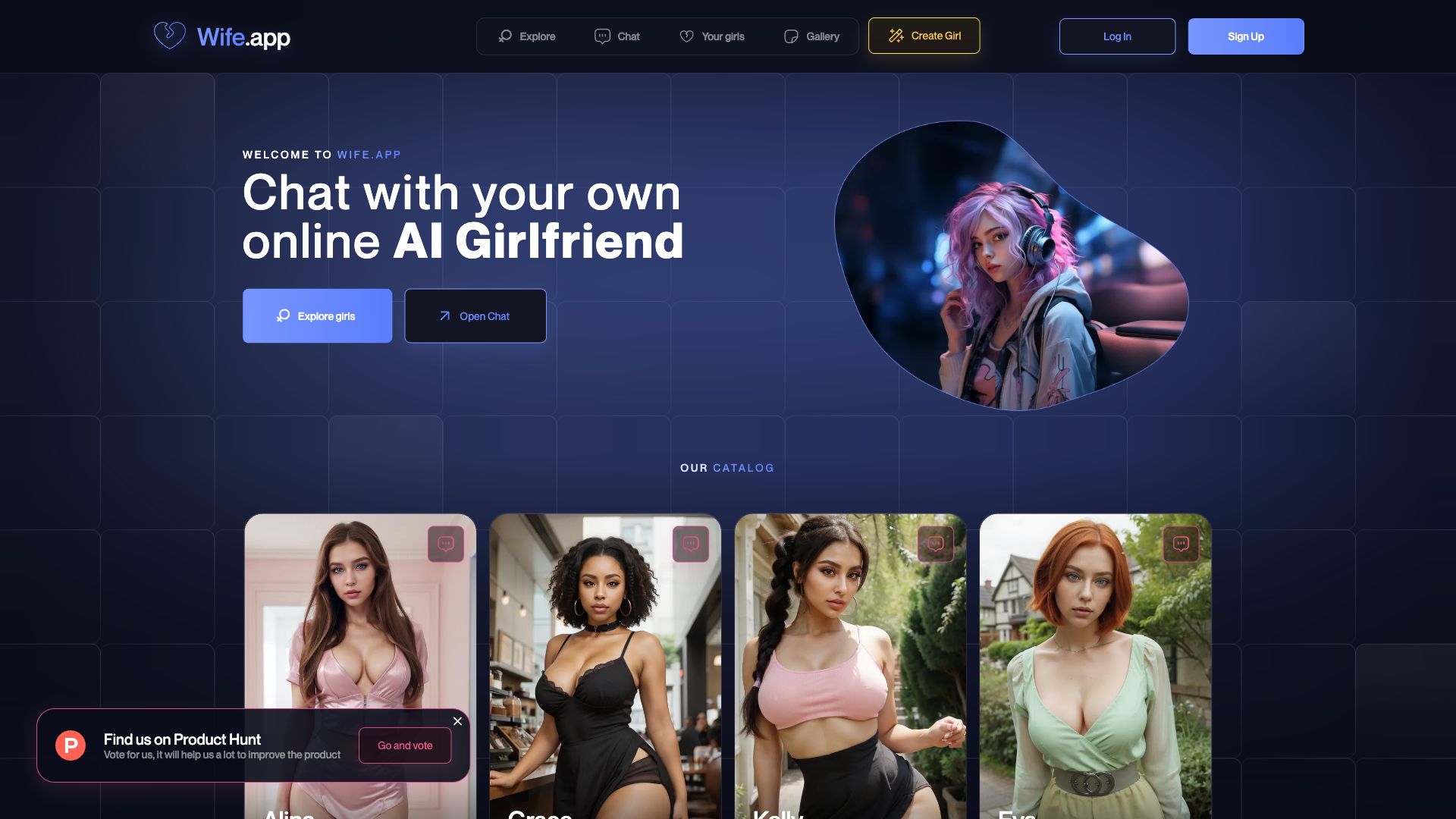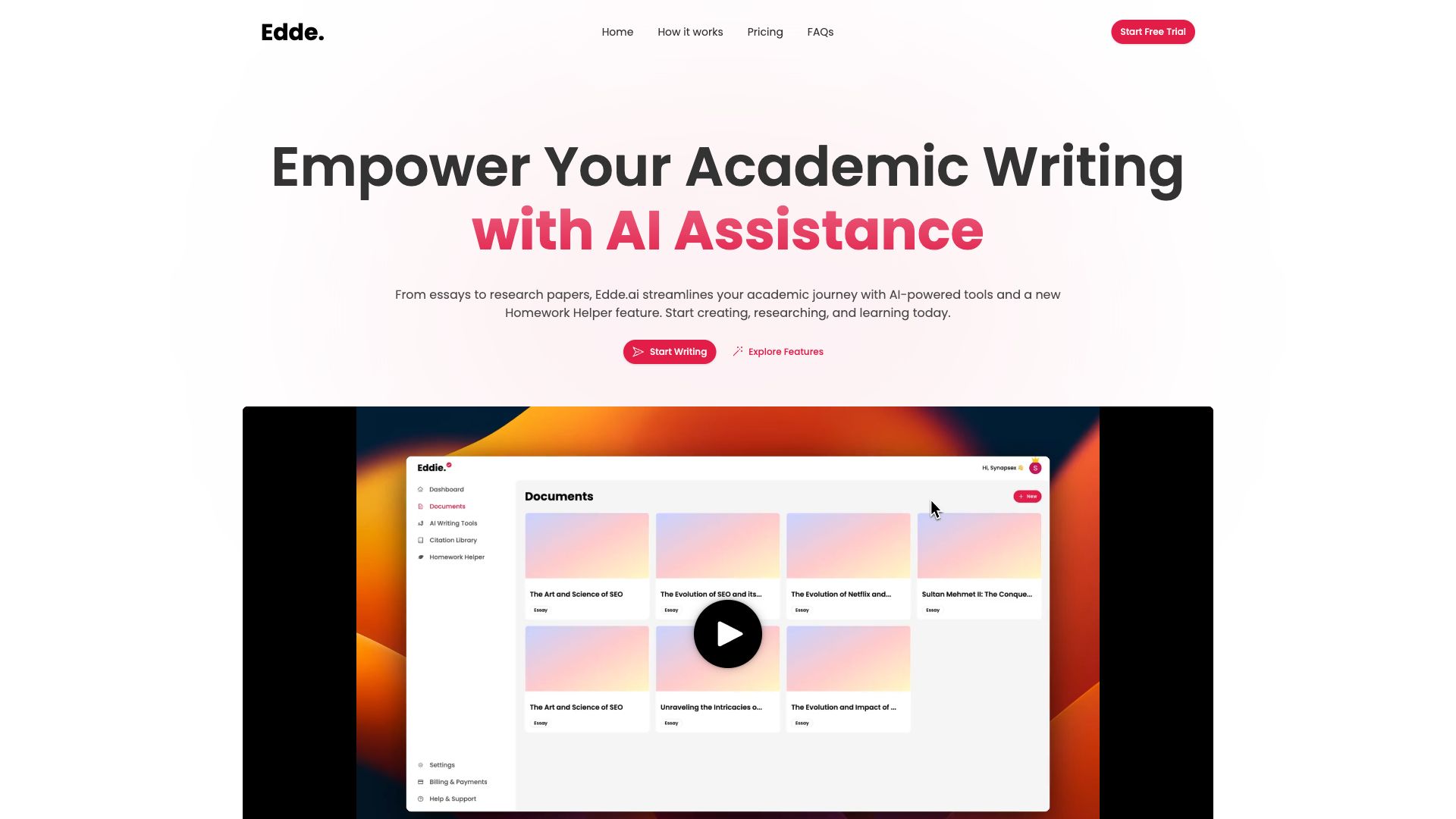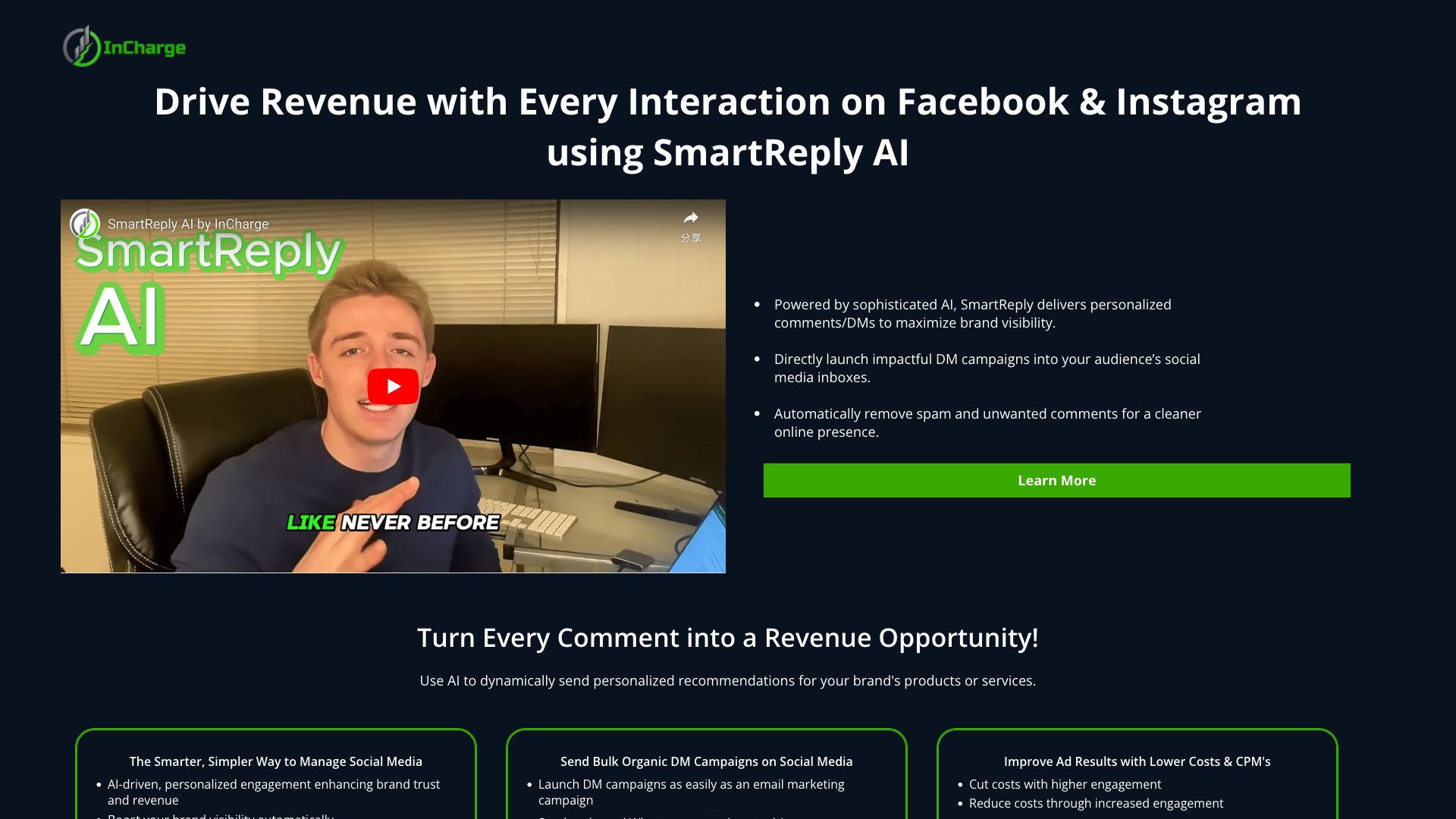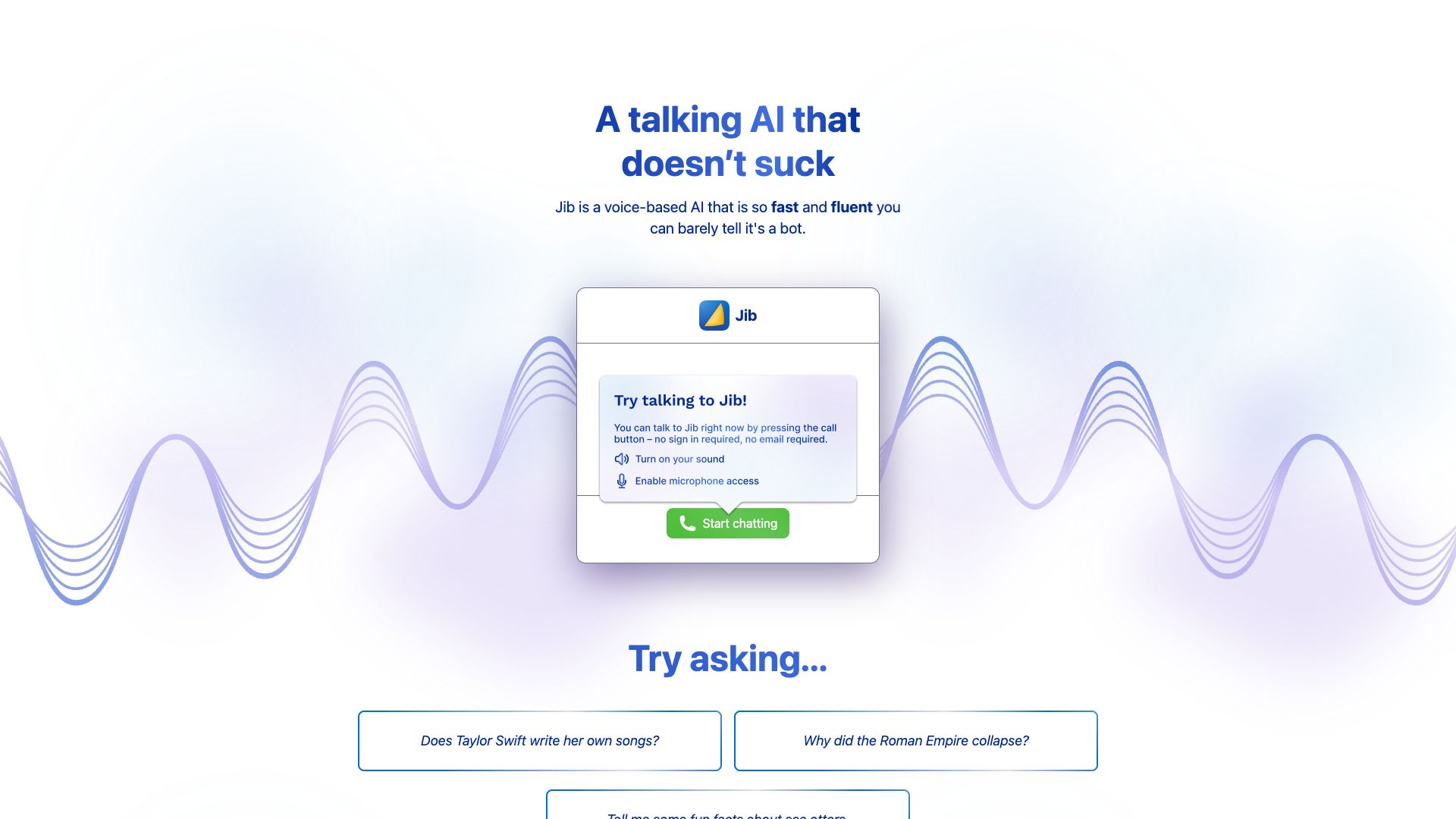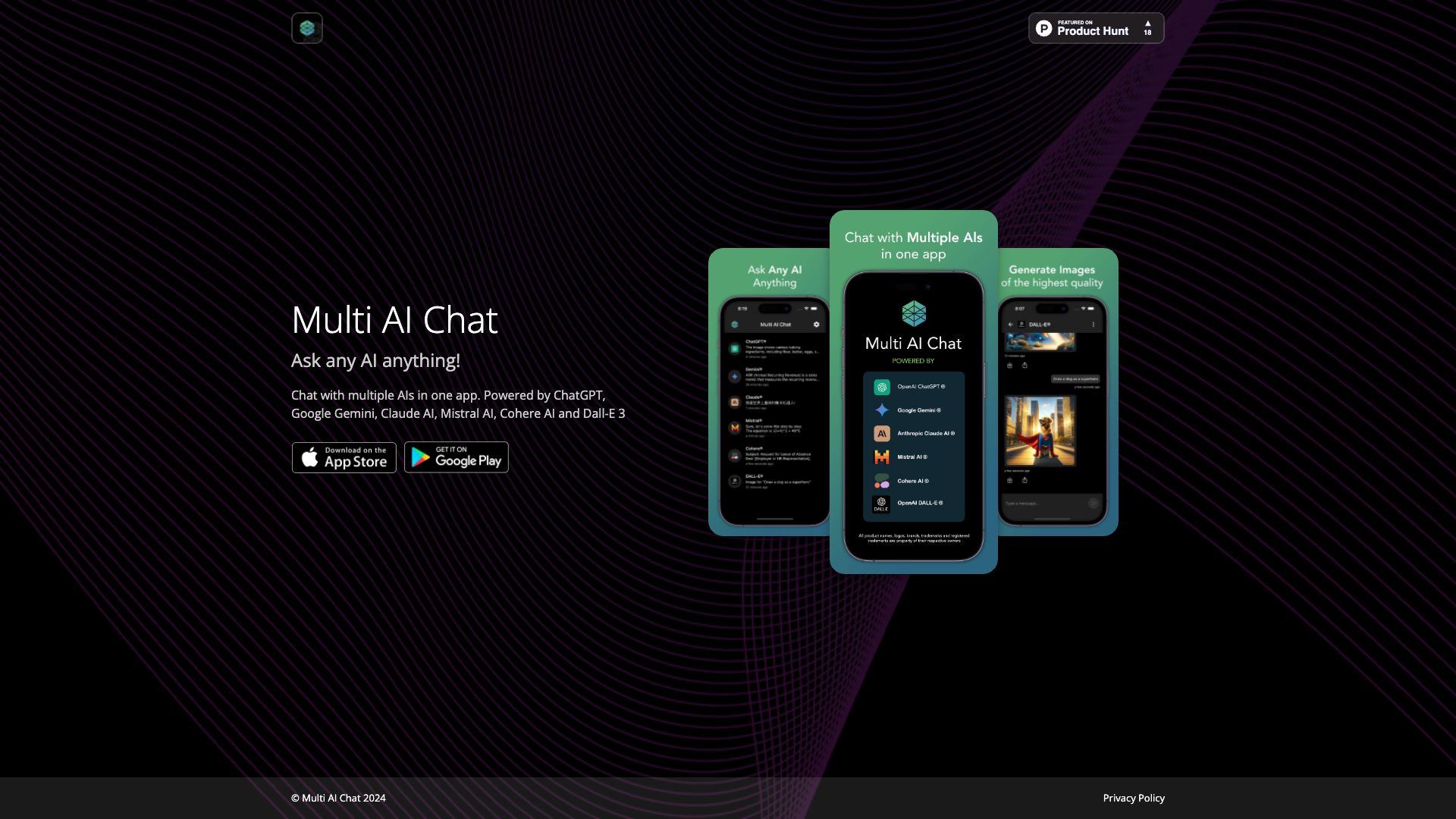Awesome AI Response Generator Tools in 2024
Discover the awesome 7 AI tools for 2024 By Candytools
GPT4O.IM offers advanced chatbots powered by OpenAI's GPT4O, DALLE3, and Sora. Sign up for helpful, safe, and genuine conversations with chatbots. Try GPT-4O for free online now!
Buffup.AI can determine your intent based on the content of the page you are viewing
Create your own online AI Girlfriend
From essays to research papers, Edde.ai streamlines your academic journey with AI-powered tools and a new Homework Helper feature. Start creating, researching, and learning today.
Drive Revenue with Every Interaction on Facebook & Instagram using SmartReply AI
Jib is a voice-based AI that is so fast and fluent you can barely tell it's a bot.
Chat with multiple AIs in one app. Powered by ChatGPT, Google Gemini, Claude AI, Mistral AI, Cohere AI and Dall-E 3
More AI Tools Categories
What is AI Response Generator?
An AI response generator is a type of artificial intelligence (AI) system that is designed to generate text, code, or other outputs in response to a prompt or query. These systems are typically trained on large datasets of text and code, and they use this training data to learn how to generate outputs that are relevant, informative, and grammatically correct.
Here's a breakdown of what makes up an AI response generator:
Key Components:
- Natural Language Processing (NLP): This is the core technology that allows AI to understand and interpret human language. It processes the input prompt, extracting meaning and intent.
- Machine Learning (ML): Algorithms that enable the system to learn from data. This is how the AI learns to associate prompts with appropriate responses.
- Large Language Models (LLMs): These are complex neural networks trained on massive amounts of data. They form the "brain" of the response generator, storing the knowledge and patterns learned from the data.
How it Works:
- Input: You provide a prompt, question, or instruction in natural language.
- Processing: The AI system uses NLP to analyze the input, identifying key terms and understanding the user's intent.
- Generation: The LLM, based on its training and the processed input, generates a relevant response. This could be:
- Text: Answers, stories, articles, summaries, translations
- Code: In various programming languages based on your specifications
- Other Outputs: Images, music, or even creative content
Examples of AI Response Generators:
- Chatbots: Used for customer service, providing information, or engaging in conversation.
- Content Creation Tools: Generate articles, marketing copy, or social media posts.
- Code Assistants: Help developers write and debug code.
- Search Engines: Provide more sophisticated and relevant search results.
Benefits:
- Efficiency: Automates content generation, saving time and effort.
- Creativity: Can assist with brainstorming and exploring new ideas.
- Personalization: Can tailor responses to specific user needs.
- Scalability: Can handle large volumes of requests simultaneously.
Limitations:
- Bias: Can reflect biases present in the training data.
- Accuracy: May sometimes generate inaccurate or misleading information.
- Lack of Originality: Outputs can sometimes be repetitive or formulaic.
- Ethical Concerns: Potential for misuse in spreading misinformation or creating harmful content.
AI response generators are rapidly evolving technologies with a wide range of applications. While they offer numerous benefits, it's essential to be aware of their limitations and use them responsibly.
